If you’re thinking about learning to fly paramotors, we have the answers to the most frequently asked questions by aspiring pilots
In between eating crayons and being nonchalantly knuckle-deep in a nostril digging for gold, our childhood was spent dreaming of going on amazing adventures, of soaring through the sky and playing in the clouds. All empty boxes became airplanes or helicopters. But then, in the blink of an eye, you have found yourself all grown up and at a point in your life when society deems it strange if you sit in an old Walkers Crisps box and bellow “CLEAR PROP…TAKE OFF!” in the middle of Waitrose…
Don’t worry. All is not lost for your inner aviator. In fact, life couldn’t be better. All of your flying aspirations can now become a reality. All you need is a paramotor, a good few days training experience, and the balls to actually get out there and get airborne!

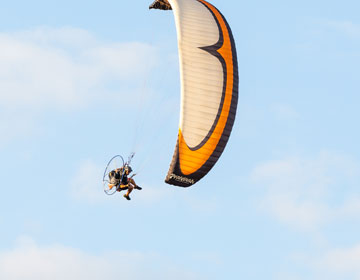
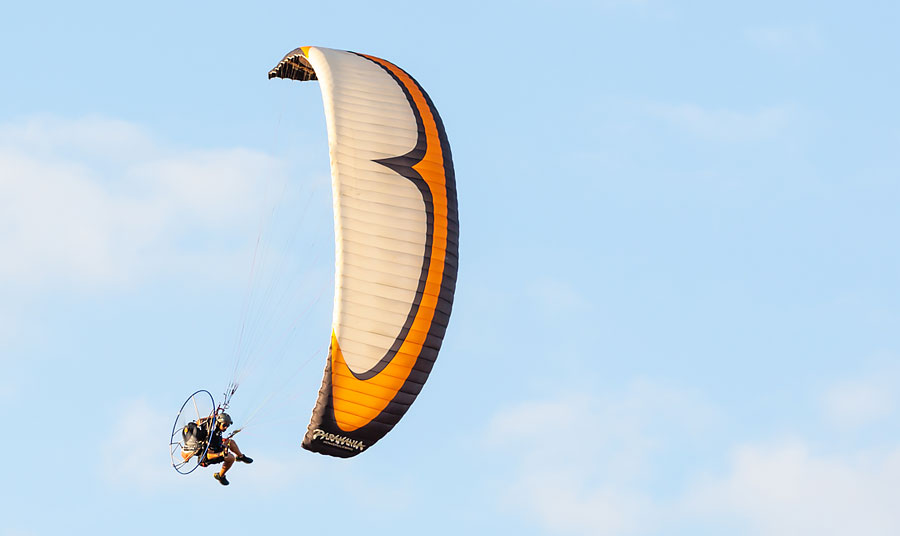
A paramotor, also known as a powered paraglider or PPG, combines the easy flying characteristics of a paraglider wing with the autonomy and range of powered flight. A backpack aircraft worn like ruck sack on your back with padded shoulder straps. Just buckle up, start the engine, launch the glider and then run like the wind while gunning the throttle until your feet leave the ground. Simple. Easy.
Once airborne, you have two flight controls – left and right steering via the glider’s toggles and a handheld throttle to climb or descend. Paramotoring is one of the easiest and safest forms of flight to master and offers the kind of flying experience that is unmatched by other forms of aviation.

A paramotor is a fair weather aircraft suitable in up to 10mph winds



Simple flight controls – left and right steering with a handheld throttle

Paramotoring is one of the easiest and safest forms of flight to master

A rush. A thrill. A sense of freedom. Paramotoring is awesome fun!
Yes! Do not believe anyone who tells you that you do not need paramotor training, or only just a couple of days. Paramotoring, like any extreme sport, has its inherent risks and can easily lead to injury or death if used incorrectly. To learn to fly a paramotor we believe that there are no shortcuts. Proper training and responsible flying is imperative. It isn’t as easy as guys like Tucker Gott and Anthony Vella make it look on YouTube. If you decide to do this sport – get training from a reputable paramotor school, follow the rules, and don’t blow it for everyone else.
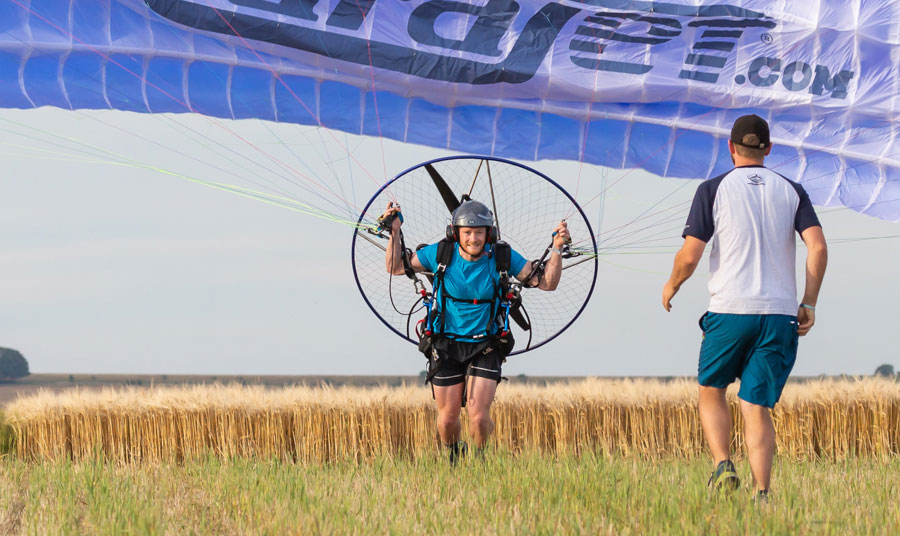
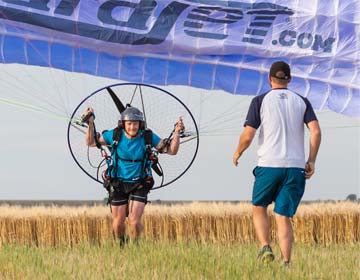

Paramotor pilot and qualified instructor, Brad Ragle, has been flying for over 3 years. Check out this video where he explains why he flies and trains his students on the Parajet Maverick.
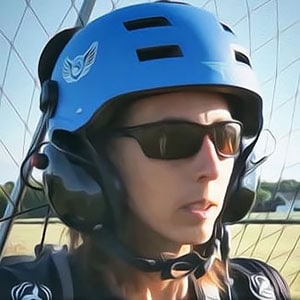
Cynthia Lecompte tells us about her experiences as a new paramotor pilot with her Parajet Maverick fitted with the Atom 80, and how great it is for female and lighter pilots. Plus, how much fun she’s had during her paramotor training!

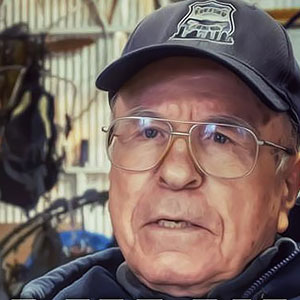
Paul Paulikas talks about his experiences as a Parajet Maverick Atom 80 pilot and how much he enjoys flying his paramotor at the age of 79 years old, proving you can never be too old or too young to realise the dream of flight.
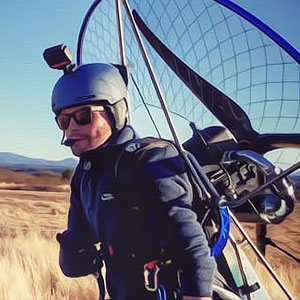
Paramotor pilot Greg Anthony Harris tells us about receiving and assembling his first Parajet Maverick fitted with the Atom 80 engine, how flying has changed his life and what that experience means to him.

Powered paragliding has been a relatively unknown sport, with relatively few participants in comparison to other sports, and as a result is uniquely unregulated. In many countries, including the UK, you do not require a licence to fly a paramotor. It is widely accepted, however, that pilots undergo formal training at a certified Paramotor training school as well as having a good knowledge of and obeying the rules and regulations applying to local Airspace. These rules cover other air users, military establishments and other restricted or no-fly areas. We recommend you check with your local aviation authority or instructor to understand any restrictions that may be in place.
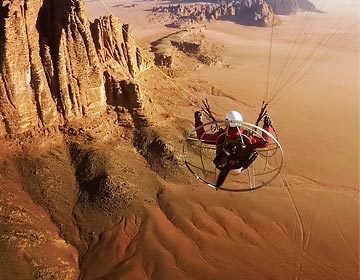
You can fly in a lot more places than you’d first think. With the majority of airspace open to free-flight aircraft you are in full command of your own time and destiny. Open fields, grass strips and secluded beaches will become your runways of choice and offer a massive amount of freedom and fun. We strongly advised to seek landowner’s permission before taking flight.
Paramotors generally require pretty nice weather to have an enjoyable and safe flight. Most pilots stick to those glassy smooth sunrise and sunset flights to avoid the midday bumpy air and in wind speeds less than 10 mph. With such freedom and endless possibilities to your flying, the sky really is your playground.
Speed is entirely dependent on the size and performance of your glider, more engine power just allows you to climb faster. Most of your flying is done between 25 and 30 mph. More advanced paragliders can reach up to 50 mph by engaging the trim and speed bar systems.
The world altitude record is approximately 25,000ft. The majority of your flying is going to be below 1000ft. The “500ft Rule” allows pilots to fly below 500ft as long as they are no closer than 500ft to any person, vessel, vehicle, building or structure.
Standing one leg forward, with arms outstretched. The propeller on your back rumbles, making your arms shake – or is that the adrenalin pulsing through your veins? Many pilots experience some kind of trepidation, be it a lack of confidence, fear of the unknown and oddly enough, fear of heights. It’s perfectly natural. As human beings we weren’t designed to sit in a rucksack at 1000ft with a propeller strapped to our back. If there isn’t a slight clench of your buttocks then it’s safe to say you’re not with it. Good news is that the feeling disappears as soon as you’re tiptoeing along the ground and your feet lift from terraferma. You’ll be in complete control and smiling so big your cheeks hurt. It’s your childhood fantasy come to life.
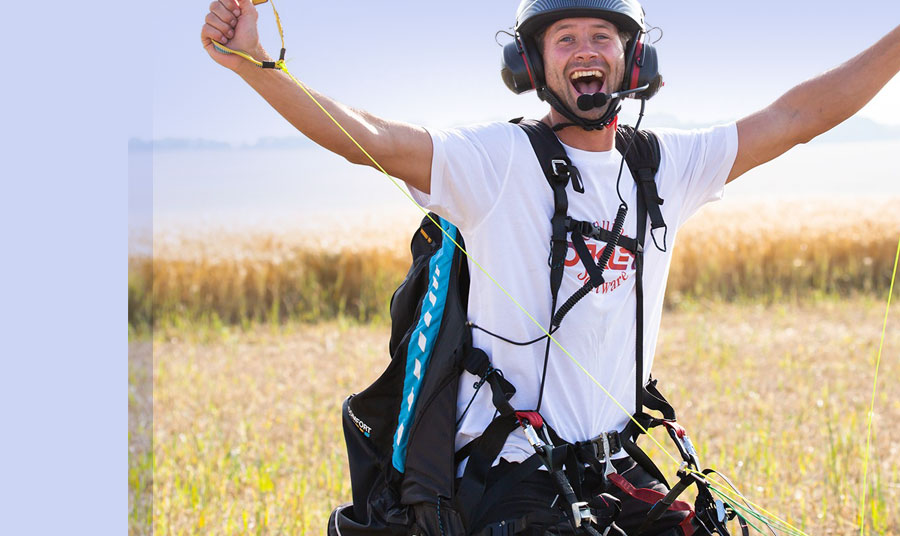
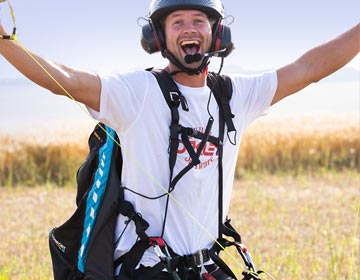
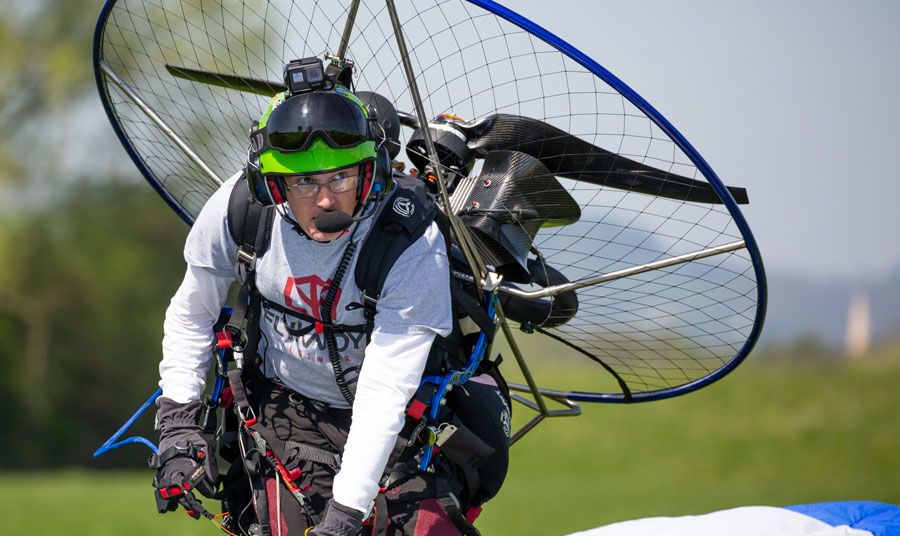
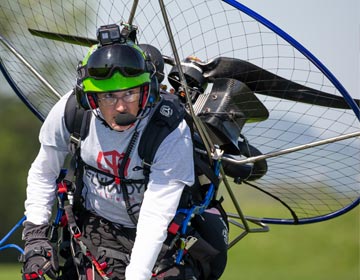
Paramotor pilots are a diverse group, from airline pilots to plumbers, and it’s equally rewarding for all. Those that love the wind in their face and finding new freedoms soon discover that flying their paramotor becomes their passion.
While there are no official age restrictions, most paramotor training schools will not take on a student younger than 14 years of age. Similarly, there is no upper age limit either. Expect a certain amount of physical activity and the need to carry a 26kg paramotor on your back. All levels of fitness should be able to cope once correct technique has been learnt. Good co-ordination and a positive, resilient mindset is also a big advantage.
| REPRESENTATIVE EXAMPLE | TOTAL : £ 11,983 |
|---|---|
| 8-Day Paramotor Training Course | £ 1,200 |
| PARAMOTOR GEAR : | |
| Parajet Maverick Sport paramotor | £ 6,244 |
| Ozone Roadster 3 paraglider | £ 3,320 |
| Sky Lite XL reserve parachute | £ 579 |
| Icaro Solar XL paramotor helmet | £ 640 |
Please Note : The recommended purchase price in this representative example are illustrative. It is an indicative quote based on average pricing available today which may be withdrawn or varied at any time in the future without notice.
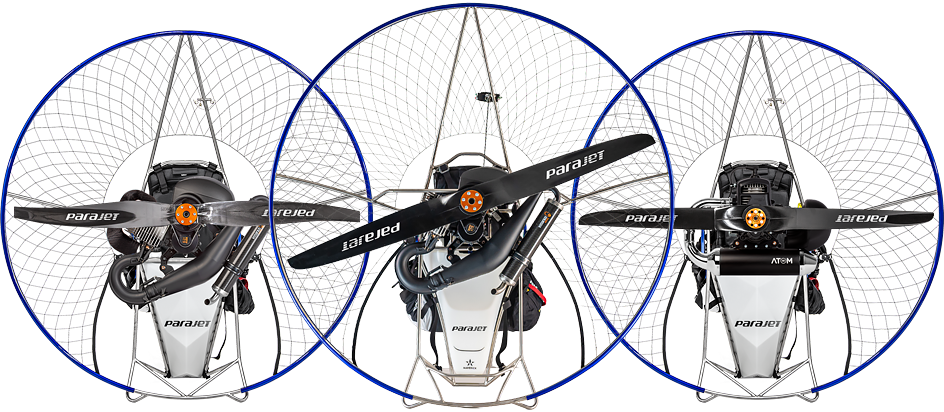
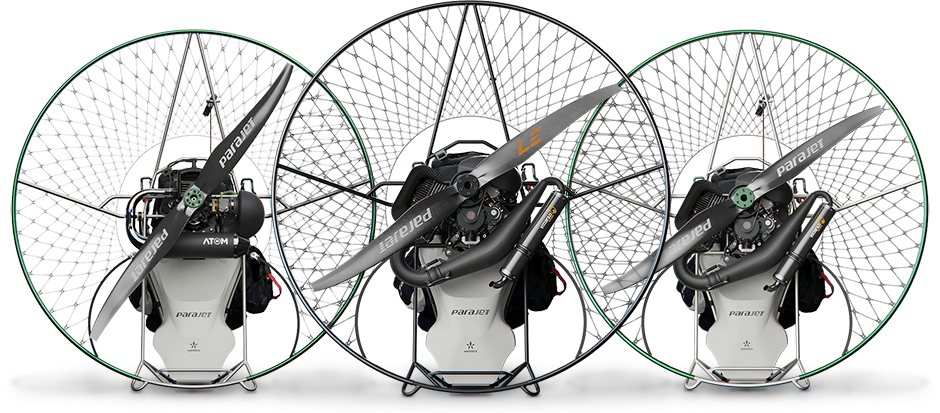
作为空中冒险领域的领先专家,Parajet 旨在激发和点燃您对自由的热情,帮助您完成动力伞培训并使天空成为您的游乐场。我们的高质量动力伞在设计和创新方面处于领先地位,因此您可以安全地享受令人兴奋与惊奇的终生体验。
© Copyright & ® ™ Trademarks Parajet International Ltd & Parajet Inc. All Rights Reserved.